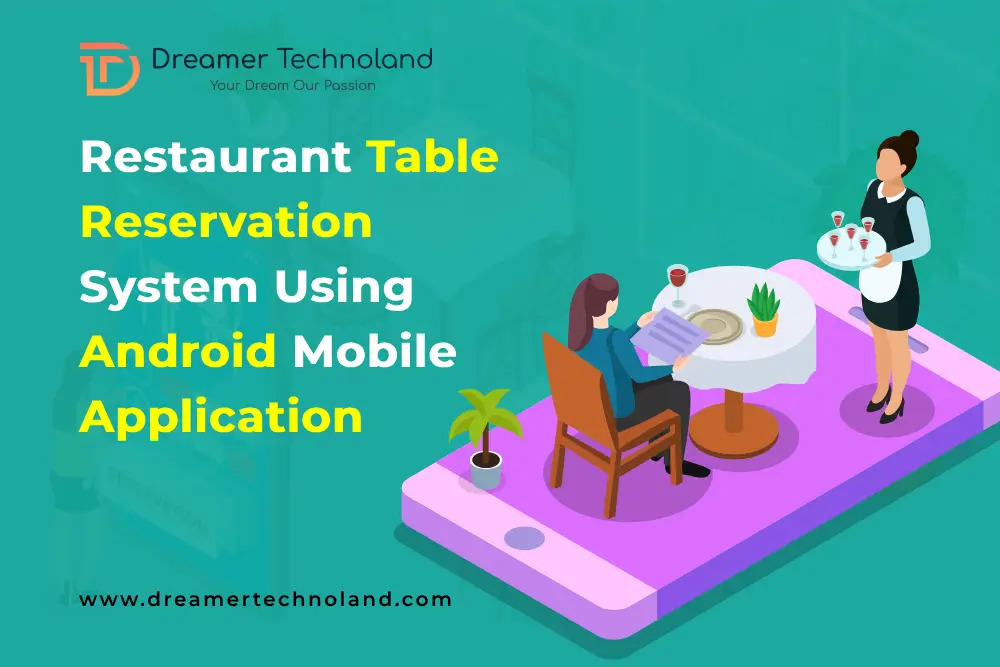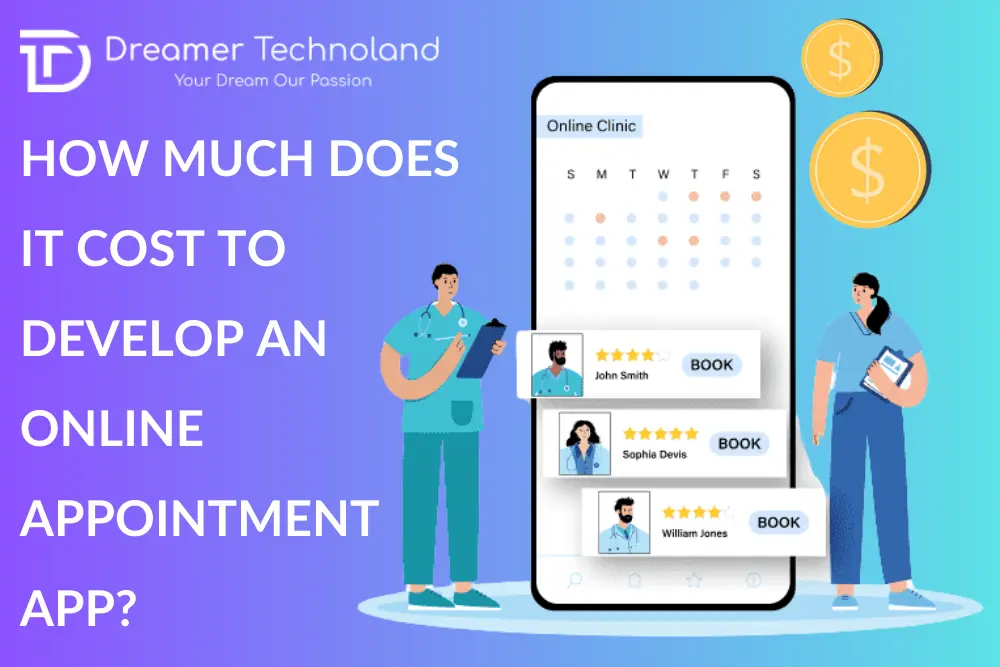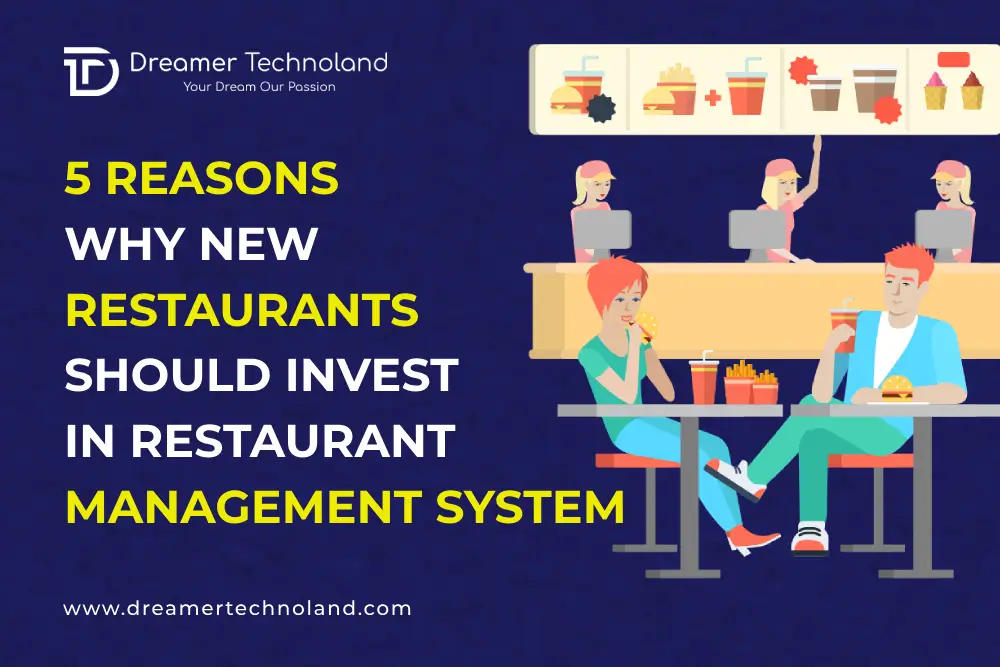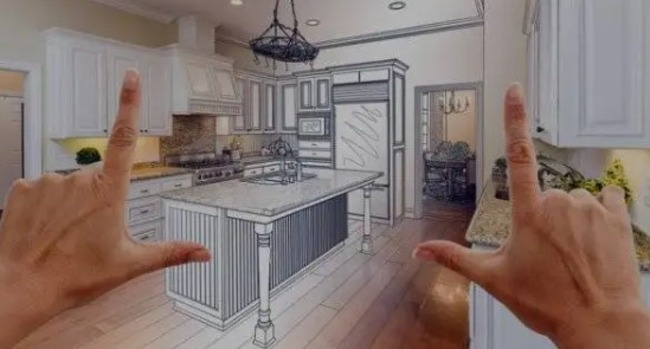7 Features to Look for in a Table Reservation System for Restaurants

The restaurant industry has seen a significant shift towards digital solutions in recent years, and one of the most impactful innovations is the introduction of table reservation systems. In a highly competitive market, providing an efficient, seamless booking experience for customers is crucial. A robust restaurant table reservation system not only streamlines the booking process but also helps restaurants optimize seating arrangements, manage customer flow, and enhance overall guest satisfaction. As restaurants continue to adopt technology to improve their operations, it’s essential to select a reservation system that offers the right features. This blog will explore the seven most important features to look for in a table reservation system for restaurants.
Real-Time Reservation Management
One of the most critical features that you get with table booking app development is real-time reservation management. This allows both customers and restaurant staff to access up-to-date availability and booking information. Real-time updates are crucial in preventing overbookings and double reservations, ensuring that guests are not left waiting unnecessarily. It also helps the restaurant maintain control over the seating capacity, ensuring that no tables are left vacant during peak hours. For guests, this feature provides a hassle-free booking experience, as they can instantly see which time slots are available without waiting for confirmation. Real-time management ultimately enhances customer satisfaction by making the process more efficient and reliable.
Customizable Reservation Options
Every restaurant has its own unique set of needs, whether it’s accommodating different table configurations, special events, or specific guest requests. A good table reservation system should be customizable to suit these needs. For example, the system should allow guests to book different types of tables, such as booths, private rooms, or patio seating, depending on their preferences. Moreover, it should enable restaurants to offer special booking options like priority seating, reservations for large groups, or special requests for events like birthdays or anniversaries. Customizability ensures that both guests and the restaurant staff can enjoy a tailored experience, which can significantly enhance the overall dining experience.
Automated Confirmation and Reminder System
Another essential feature that you get with the restaurant management system app development is the ability to send automated confirmations and reminders to guests. This feature not only reduces the risk of no-shows but also ensures that customers receive timely notifications about their upcoming reservations. Confirmation emails or messages should include details such as the reservation time, date, guest count, and any special requests made. Additionally, reminder messages sent a day or a few hours before the reservation can further reduce cancellations and keep the guest engaged with the restaurant. This automation also lightens the workload of the restaurant’s staff, who no longer need to manually send reminders or confirm reservations.
Integrated Waitlist Management
Even with efficient reservation management, restaurants often experience situations where customers arrive without reservations or where guests may need to wait for a table due to delays. An integrated waitlist management feature is essential for such occasions. This feature allows the restaurant to keep track of walk-in guests and provide accurate wait times, improving the guest experience. It can also notify customers when their table is ready, reducing the frustration associated with long wait times. A well-integrated wait-list system also enables restaurant staff to make better decisions about when to seat walk-ins and manage overall customer flow during busy periods. By having this feature in place, restaurants can handle customer demands more effectively and create a smoother dining experience for everyone.
Conclusion
In 2025, a table reservation system is more than just a tool for managing bookings; it’s an essential part of creating an exceptional guest experience and improving restaurant efficiency. When choosing the right system, it’s important to look for features that optimize both customer satisfaction and operational performance. Real-time reservation management, customizable options, automated confirmations, and integrated waitlist management can all help ensure smooth operations and improve customer experiences. Additionally, the ability to collect customer data, offer online and mobile booking, and integrate with other business systems can further enhance efficiency and drive revenue. By knowing food delivery app development cost in India and investing in it, restaurants can stay ahead of the competition and provide guests with a seamless, memorable dining experience.
Note: IndiBlogHub features both user-submitted and editorial content. We do not verify third-party contributions. Read our Disclaimer and Privacy Policyfor details.







